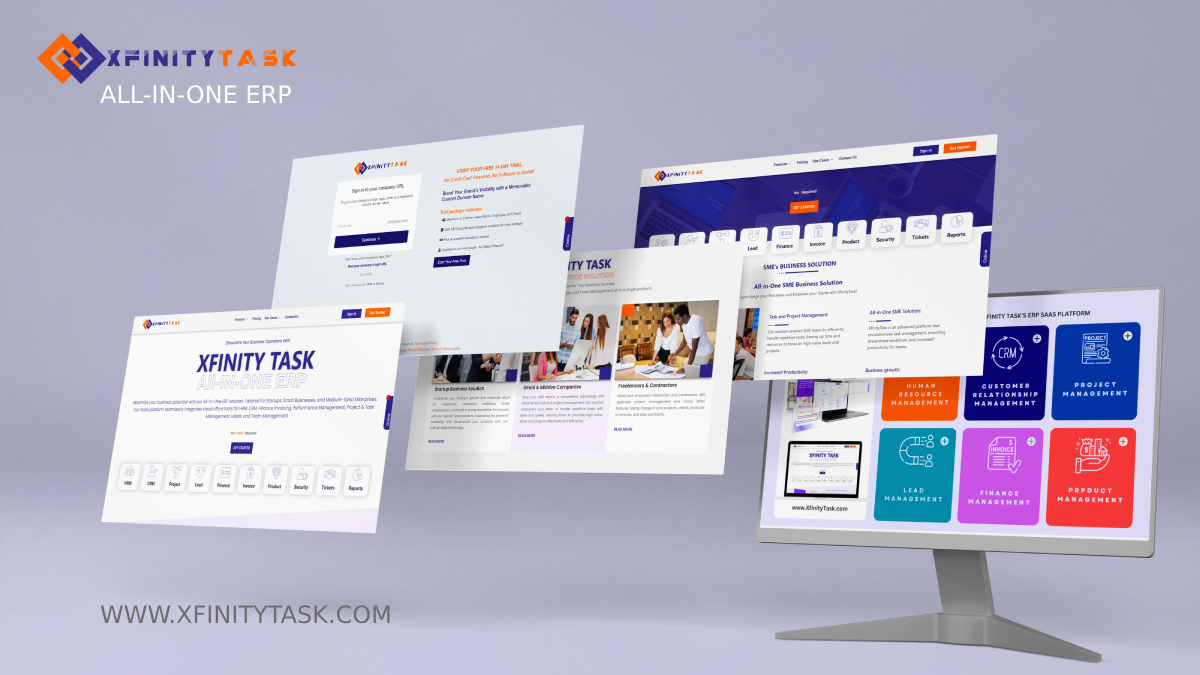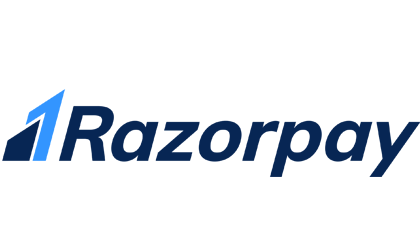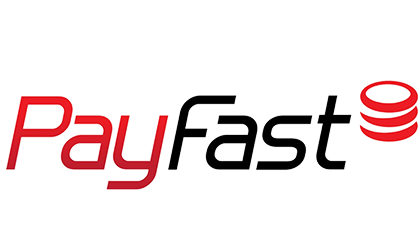Unveiling the Power of Gantt Charts: Your Roadmap to Project Success

What is a Gantt chart?
A Gantt chart visually represents a project’s tasks, timelines, and dependencies. It is named after its creator, Henry L. Gantt, who developed it in the 1910s. Gantt charts are used to break down a project into manageable tasks, each represented as a bar on a timeline. These bars show each task’s start and end dates, making it easy to see the entire project schedule.
Benefits of using a Gantt chart
Gantt charts offer several benefits for project managers and teams, including:
- Clarity: Gantt charts provide a clear, visual overview of the project, making it easy to understand the scope, task sequence, and deadlines.
- Task dependency management: Gantt charts help you identify and manage task dependencies, ensuring the project progresses logically.
- Effective timeline management: Gantt charts allow you to closely monitor project timelines, helping you stay on track and adjust as needed.
- Resource allocation: Gantt charts allow you to allocate resources efficiently by assigning tasks to team members and tracking their progress.
- Improved communication: Sharing Gantt charts promotes collaboration and ensures everyone is on the same page regarding project status and progress.
- Change adaptation: Gantt charts are flexible and can be updated easily to accommodate changes in the project plan.
- Goal setting and clarity: Gantt charts make setting and communicating clear project goals and expectations easy.
- Risk assessment and mitigation: Gantt charts help identify potential risks and bottlenecks, enabling you to develop strategies to address these challenges.
- Performance tracking: You can track project performance in real time by marking completed tasks.
- Historical reference: Gantt charts serve as a historical record of your project’s timeline, providing valuable insights for future projects.
How to create a Gantt chart
To create a Gantt chart, you will need to:
- Choose your project management software. Several different project management software and specialized Gantt chart software options are available. Choose the one that best suits your needs and project size. XfinityTask is a viable project management software option for managing projects and Gantt charts.
- Define your project scope. Start by outlining your project’s scope and objectives. What are the major deliverables and milestones? Break the project down into smaller tasks or sub-projects.
- Identify task dependencies. Determine the dependencies between tasks. Which tasks must be completed before others can start?
- Set task durations. Estimate the time each task will take to complete. Assign start and end dates for each job.
- Create your Gantt chart. Using your chosen project management software, input the task names, start dates, and durations to create your Gantt chart. Link-dependent tasks to visualize their relationships.
- Assign resources. Assign team members or resources to each task, indicating responsibilities.
- Track progress. Regularly update your Gantt chart to track task progress. As tasks are completed, mark them as such to maintain an accurate overview of your project’s status.
Conclusion
Gantt charts are essential for project managers seeking efficient, organized, and successful project delivery. By providing a visual roadmap, task dependencies, and timeline management, Gantt charts help keep projects on track and ensure that team members and stakeholders are aligned. Whether you’re overseeing a small or large-scale project, consider incorporating Gantt charts into your project management strategy for a smoother journey to success.






